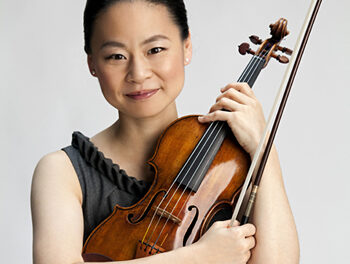Charles Gounod: Faust: Léon Beyle, Jeanne Campredon, André Gresse, & others. Recorded in Paris in 1911-12. Marston 53007-2 (Pathé Opera Series, Vol. 6). 3 CDs; 207:31, ©2005, $48.00, available from http://www.marstonrecords.com/.
With the exception of two singers, all the artists assembled for this recording were French, and those two were Franco-Belgians; and with the exception of one, Belgian Jean Noté, none ever appeared in the US, and he only at the Met during a single season in 1908-9. Many were also seemingly never recorded elsewhere. Hence, for most listeners, hearing this “performance” will be a spectacular eye- and ear-opener.
In that distant time nearly a century ago, the Opéra and the Opéra-Comique were distinct entities, sharing neither repertoire nor singers. Pathé, however, mixed them up and joined them together for the 11 volumes (the final 2 came out a decade later) of its “Opera Series,” which was a commercial, if not an artistic failure – how familiar does that sound? The results were apparently also at times somewhat mixed, but most definitely not in this case. While Campredon sang Marguerite in the Salle Garnier on a regular basis – indeed, it was one of her signature roles – the Opéra-Comique’s Beyle, who virtually inhabits it here, had seemingly never before sung the role of Faust, at least not in Paris, although he may have in his native Lyon, where records of his early performances are incomplete. The form of the work itself is the one which appears to have been standard in the Paris of the time, without Valentin’s now popular and famous “Avant de quitter ces lieux” aria that Gounod composed for Charles Stanley’s 1863 English-language performance in London, but including some other numbers customarily cut today, and even then, in performances abroad.
The work was released on 56 sides, recorded on wax cylinders transferred to wax disk masters for copy reproduction; hence the final product was twice removed from the original sound. Each side is given a single track on the CD set, but those that should flow together are connected with no pause between them. The third disc is generously filled out with judicious selections from historic recordings by various other celebrated singers of the time arranged in performance order in the work rather than chronologically. Ward Marston deliberately avoids those found readily elsewhere, so these, too, are revelatory, sometimes in a positive and sometimes in a negative way when compared with the main course. The sound quality is superb: there is some hissing on a few tracks – Marston chose from the several sets of disks available to him the best copy of each side – but otherwise no background noise interferes with the music, as it so often does on historic re-masterings. Marston has his technology superbly fine-tuned with the result that the listening pleasure here is unadulterated rapture.
The un-credited notes (presumably by the re-mastering Master himself; he is too modest!) in the 24-page booklet are simultaneously succinct and thorough, giving the factual details about the recording technology, the historical background, the performance, and the stars. They read refreshingly well, being objective without the inflated hype and gushing praise that often mar those accompanying many modern releases.
As with all re-masterings of recordings of this era, there is in this one a certain inevitable “quaint” feel: the orchestra and frequently the chorus as well often seem distant and anemic. But the stunningly realistic presence of the solo singing is overwhelmingly beautiful here. The diction is so accurate and pure as to be unrivaled by most modern equivalents. One constantly wonders what modern recording technology would do for these artists were they alive and singing today, and how they would stand up against their modern equivalents. The latter would probably pale significantly in the comparison.
Highly recommended. 10/10; 5 Stars! Hard to match, impossible to beat in its genre!












